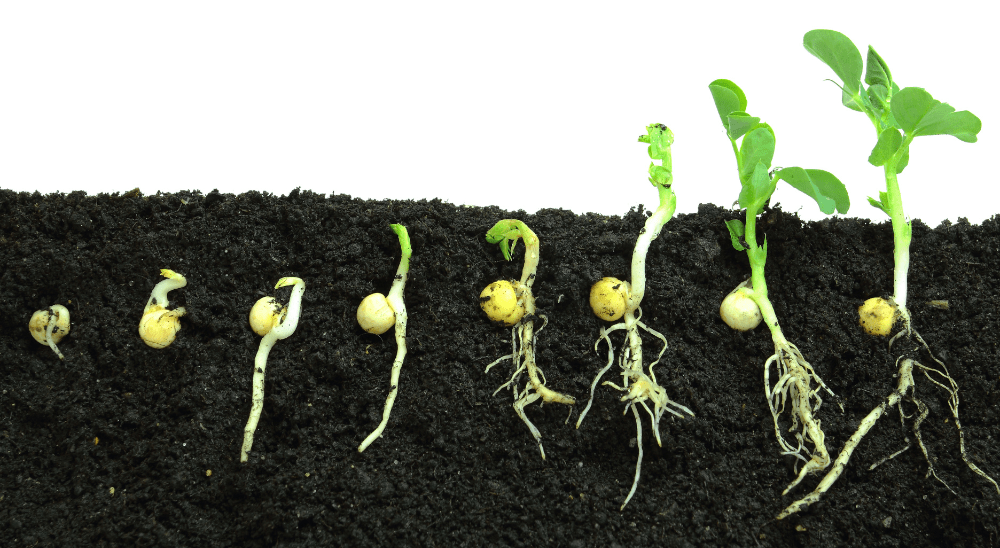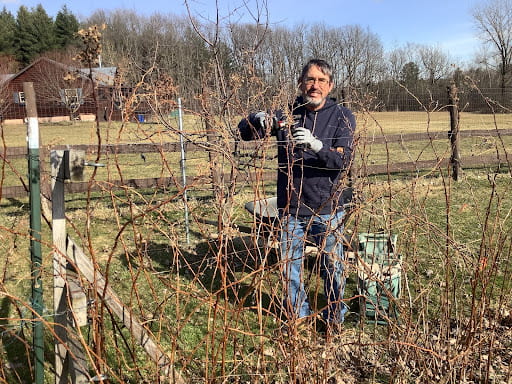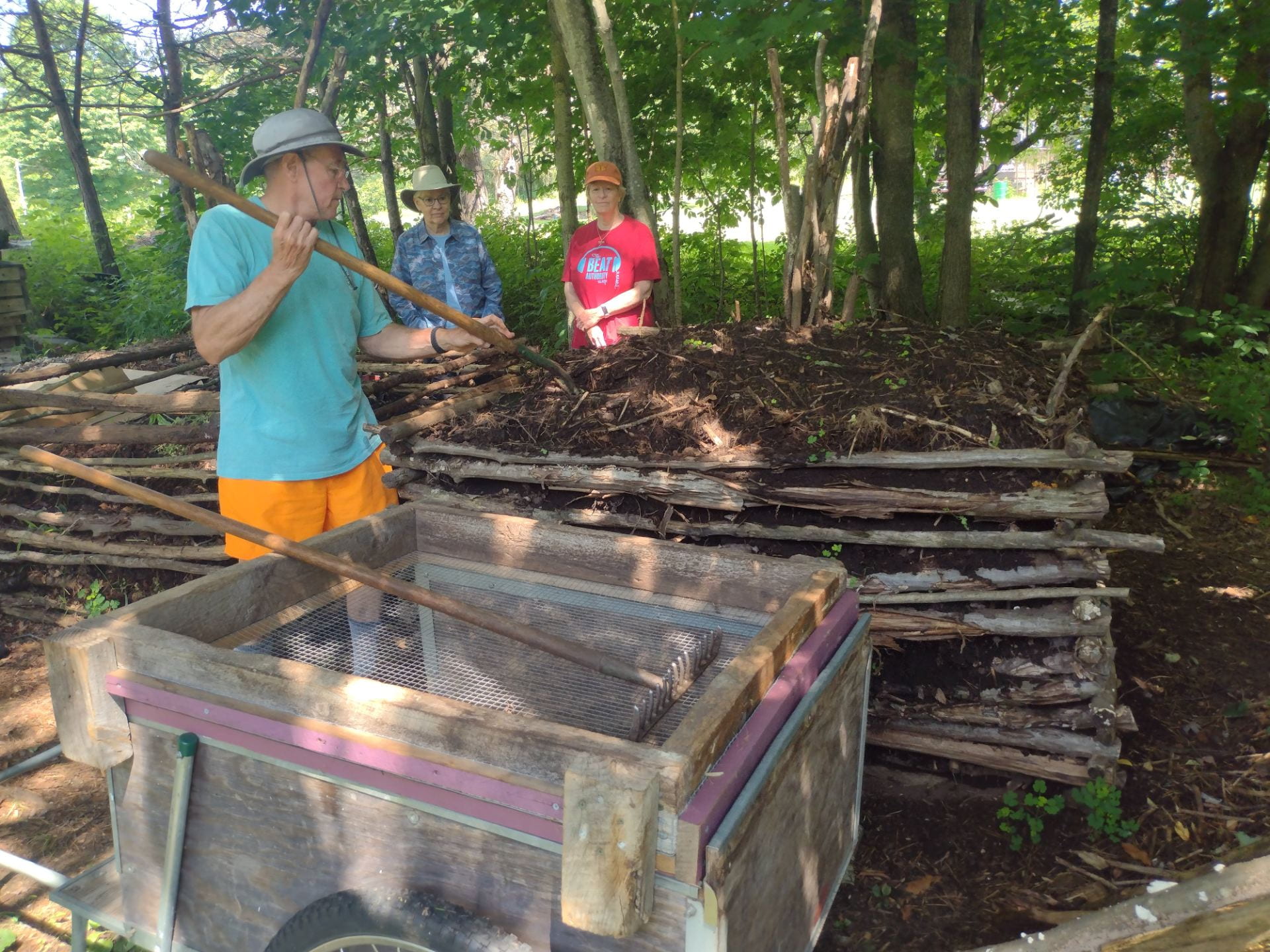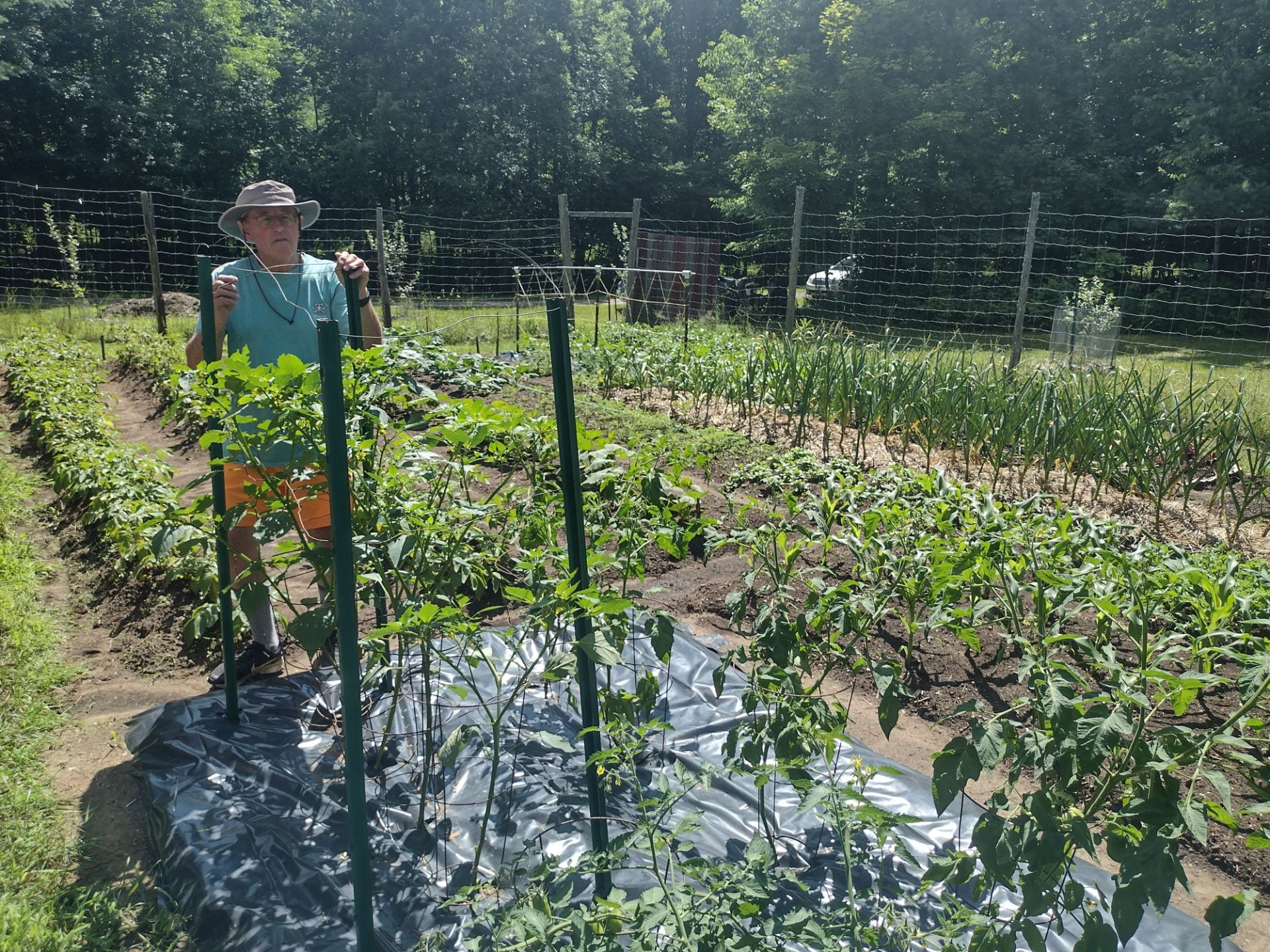Late winter can be a tough time for gardeners. When the calendar turns to March, the days are getting longer, the snow is melting, and the itch to get outside and garden gets stronger every day. Those sunny days when temperatures soar into the 40s and 50s can seem especially cruel when followed by a sharp drop in temperatures and extended cold snaps. For many gardeners the cure for their itch to garden and for their impatience for spring to arrive is to seed vegetables and flowers indoors under artificial lighting for later transplanting into the garden.
The benefits of starting your own seeds indoors are many. Starting my seeds indoors allows me to grow varieties that I would not find as seedlings at a gardening center or large retailer. This is critical when taking into consideration needs such as disease resistance and tolerance of soil type, but also a matter of preference – I do love the different heirloom varieties! Growing from seed also allows us to select varieties that are suitable to our shorter growing season. Plus you’ll control the timing, so your plants will more likely be the optimal size when the time comes to plant them outdoors.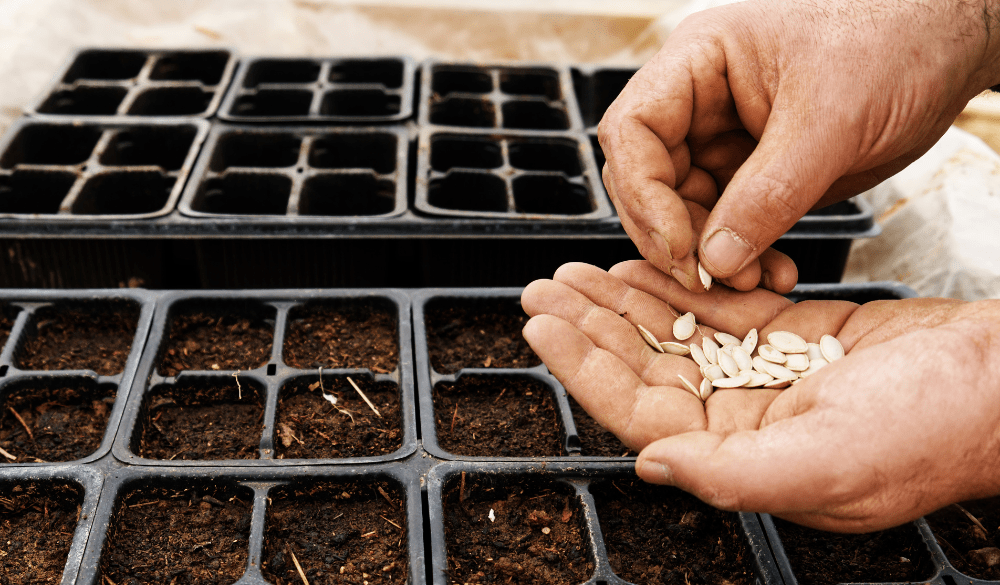
Successfully growing quality transplants requires a good understanding of a number of parameters, so though you’re probably eager to start, take a moment to read this quick guide for a successful seedling indoors. I’ll cover when to start seeds, potting mixes, indoor growing setups, containers, watering and more. Read more A Quick Guide to Starting Your Seeds Indoors
